Note: This post contains affiliate links. As a Skillshare Affiliate and Amazon Associate I get commissions for purchases/signups made through links in this post.
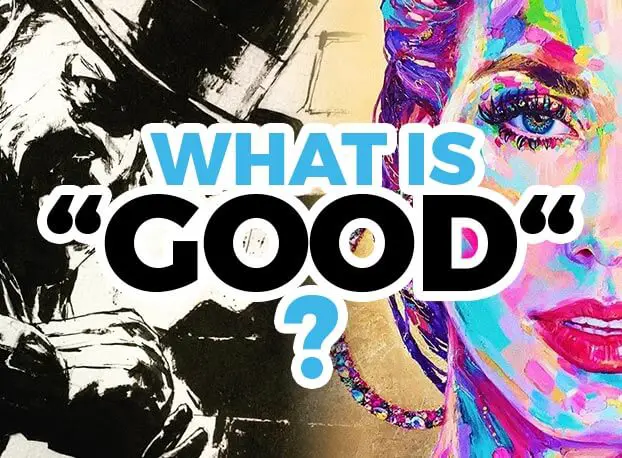
Every artist wants to get better at his craft.
But what makes a good drawing?
Which characteristics do amazing pieces of art have in common?
Let’s find out in this article!
Table of Contents
What Makes A Drawing Good?
A drawing is good, if it tells an interesting story and evokes an emotional response from the viewer. On a technical level, what makes a drawing good is the skillful use of things like perspective, proportions, anatomy, light and shadow, and composition.
What you have to keep in mind though is that, in general, quality in art is subjective.
You can’t really judge art fairly. What one person thinks is amazing is another one’s worst nightmare. It all comes down to individual taste and what one specific individual considers art (or not).
One person might like realistic drawings and marvels at photorealistic pencil portraits while another one prefers more abstract paintings that seem like random blobs of color to someone else.
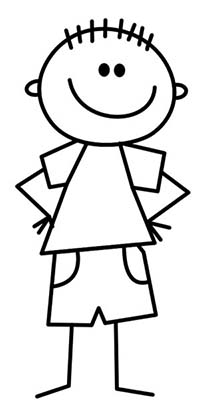
That’s just how it is and it is the reality every artist has to confront:
You can’t please everyone.
In fact, that’s the best reason to create artwork in a style that you like.
But are there actually somewhat objective qualities, you can refer to, to determine what makes a drawing good?
How can we define good art?
Objective Characteristics Of Good Art
I have an analytical mind.
I’m a media designer and visual artist and if something looks great, I want to understand why.
This has led me to think logically about art and design many times. It has made me try to distill objective technical qualities in designs and artworks that I can strive for myself to create works of equal value.
While art, in general, is subjective, I think there are certain things drawings and paintings that create a “wow-effect“ have in common.
Common characteristics of good art are:
- the right amount of details
- the skillful use of light and shadow
- interesting color choices
- a believable and appropriate perspective
- an artistically pleasing composition
- a (high) degree of realism
CHECK OUT: Must-have Art Equipment I Recommend
1. The Amount Of Details
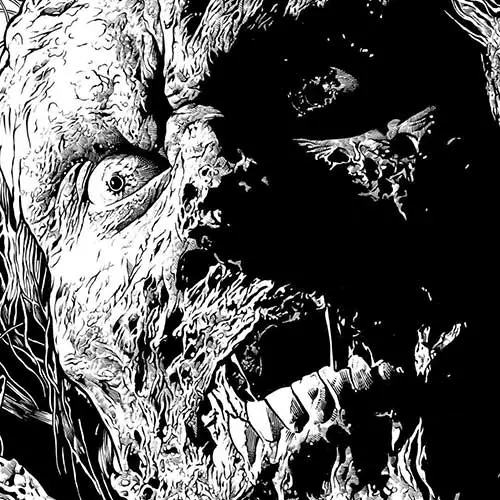
What can make a drawing look good is using the right amount of details.
Essentially, details give the eye something to look at.
Often, it’s much more interesting to look at an intricately crafted drawing with lots of details than at a drawing that is made up only of large simple shapes. There’s just more to look at.
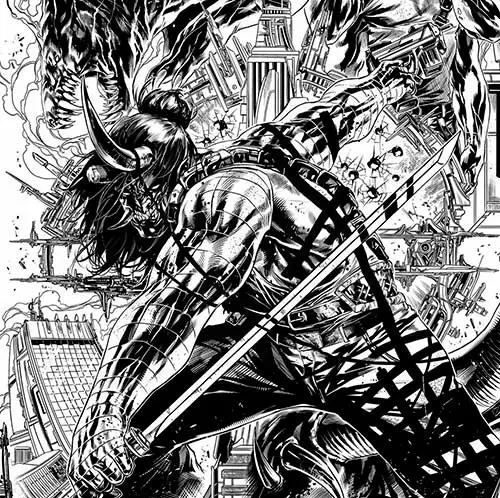
You have to be careful though as drawing too many details can be overwhelming for the eye.
Finding the right balance of detailed parts and not-so-detailed parts is key. Focus on the areas of your piece of art you want the viewer to look at most.
CHECK OUT: Why Does My Art Look Weird When I Flip It?
2. The Use Of Light And Shadow
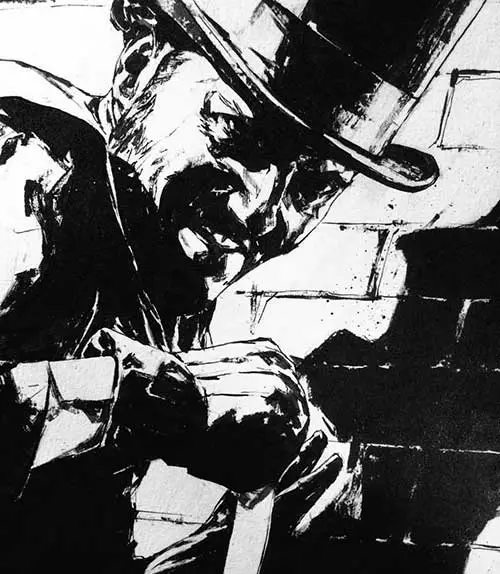
Light and shadow can have a huge impact on how good your artwork looks.
A lot of times it’s the lighting situation alone that makes a drawing or painting stand out and look interesting.
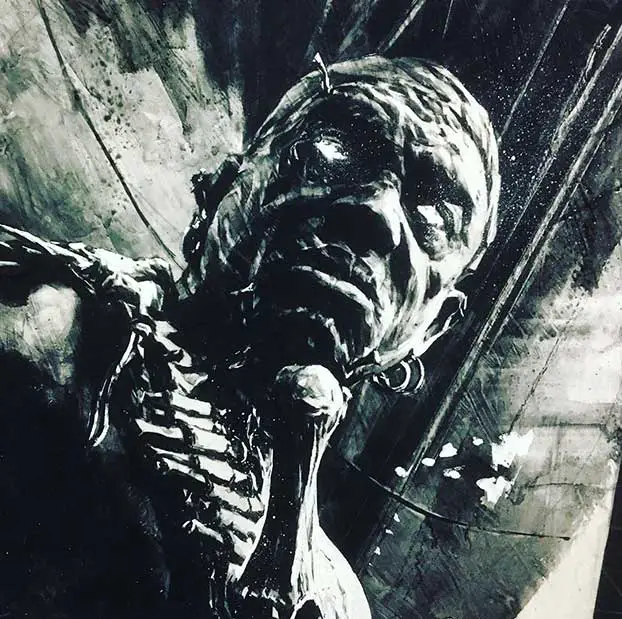
Lighting creates atmosphere.
Just like in a movie, where every shot is planned carefully and no light source is placed arbitrarily, you can create a special mood in a painting, too.
For example, a scene in sunlight has a completely different vibe than a night scene with moonlight.
Moreover, the correct use of light and shadow makes everything in your artwork look more three-dimensional, hence more realistic and believable.
Check out this article of mine, if you want to get started with learning how to shade faces.
» Use the Power of Light & Shadow to Create Realistic Art
3. The Handling Of Colors
If you create something colorful instead of a black and white piece, the skillful use of the colors will make or break your work.
Some of the greatest artworks in the world have amazing color combinations.
The human eye loves contrast.
Therefore, complementary colors work well together and are often used as a base for the colors in a drawing. For example, a night scene with a dark blue background and bright orange elements in the foreground (e.g. fire), like this:
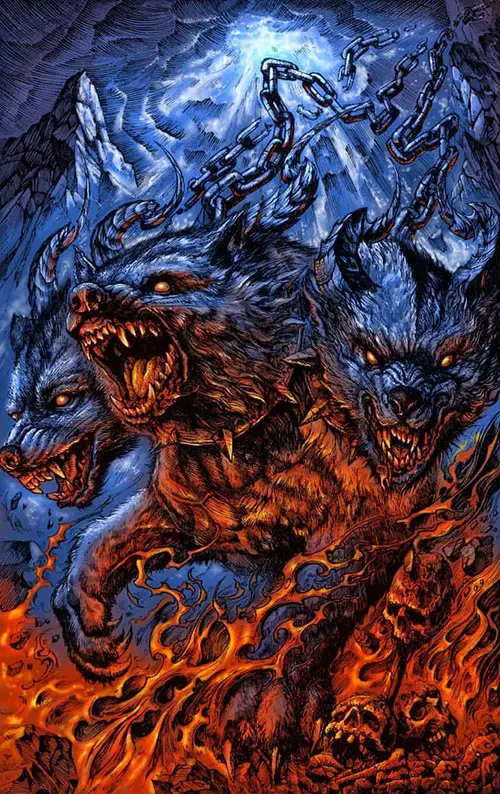
The right use of color contrasts and harmony is not easy and can take years to master – but it can be the pathway to amazing results.
Color is probably the element of art that can have the most impact on the layman.
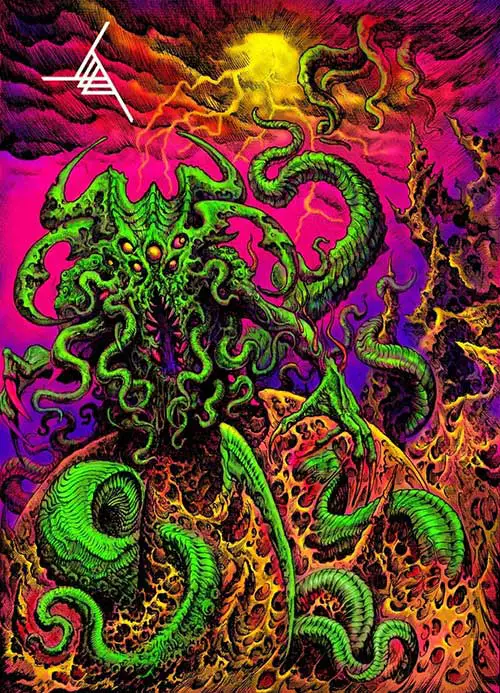
Think about it:
Haven’t you often heard someone who isn’t interested in art say something like “Wow, this has nice colors!“?
For a primer on how to choose the right colors in a painting, check this out.
Improve Faster With My FREE e-Book!
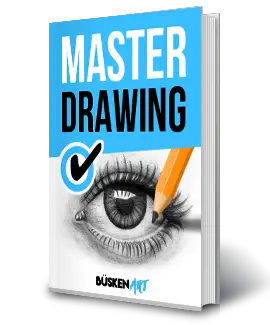
Learn how to MASTER drawing in 5 easy steps with my FREE PDF guide!
Discover a methodical way to learn drawing effectively!
4. The Degree Of Realism
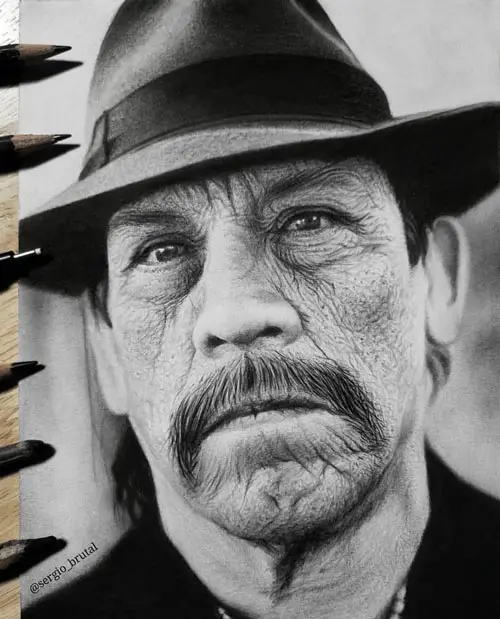
Another quality of good art is the degree of realism.
This goes hand in hand with points #2 and #3.
Whether an artwork looks realistic or not depends on the “correct“ use of light, shadow and colors.
» Simple Realistic Drawing For Beginners
Light, color and our eyes obey the laws of physics. Therefore, it’s essential that you try to replicate the way light and shadow work (and the colors it creates) on paper.
If you do it right, you can pretty much achieve photorealism in a drawing.
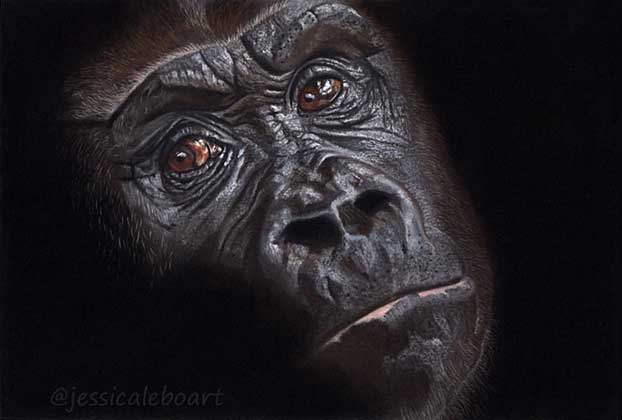
RELATED: How To Draw On Black Paper: A Complete Tutorial
While many experienced artists frown upon plain realistic drawing, it can still be an impressive feat to draw something that convincingly and it speaks of great craftsmanship.
That alone can make for astonishing pieces of art.
5. The Choice Of Perspective
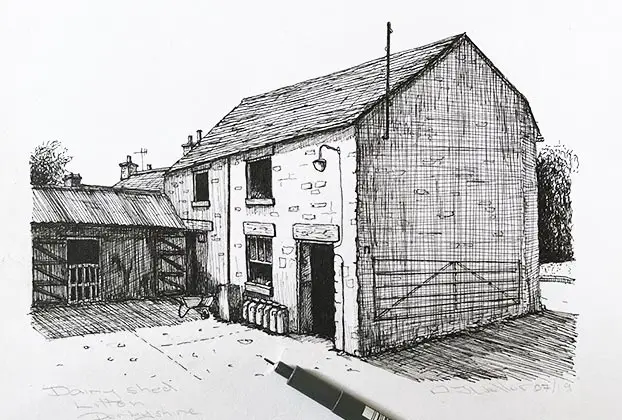
The perspective of the setting in a drawing can enhance the effect of your artwork greatly.
Perspective drawing is rather technical and in theory anyone can learn it quickly.
But still, a piece of art that makes great use of it can be quite amazing.
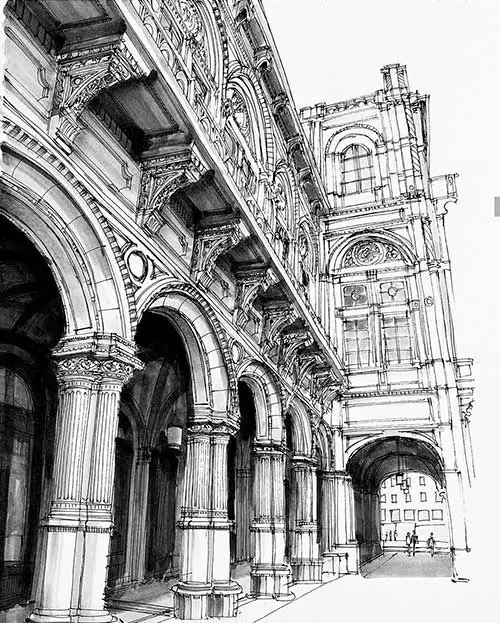
Showing perspectives that you usually don’t see in your daily life can be thrilling for the viewer. It creates drama and tension while also adding to the realism of the artwork.
It can really make the elements of your drawing pop off the page and create the “wow“-effect.
» Perspective Drawing: Creating Illustrations with Dimension
6. Skillful Composition
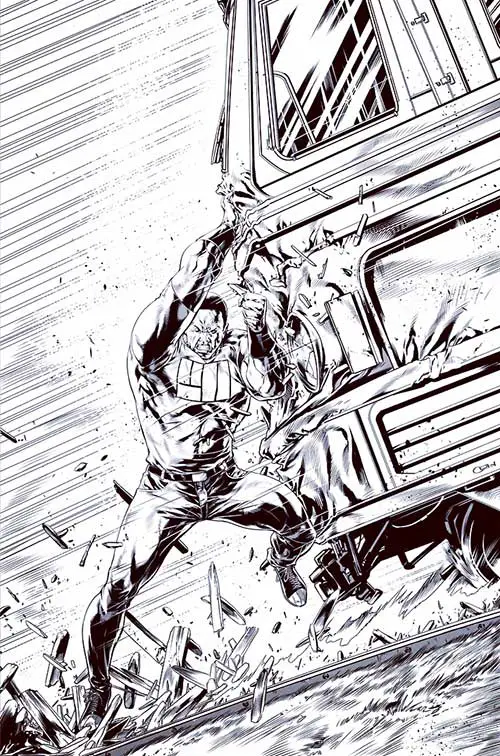
Last but not least, there’s the artistic composition of a drawing.
Composition is all about the placement of the visual elements in an artwork.
A good composition won’t turn a generally amateurish drawing into a masterpiece, but it’s a great foundation to build upon.
It’s the element of art that resembles graphic design the most.
Great composition can make a work of art feel calm or dynamic, balanced or majestic and much more.
It can have a profound impact on the viewer and make a drawing very eye-catching.
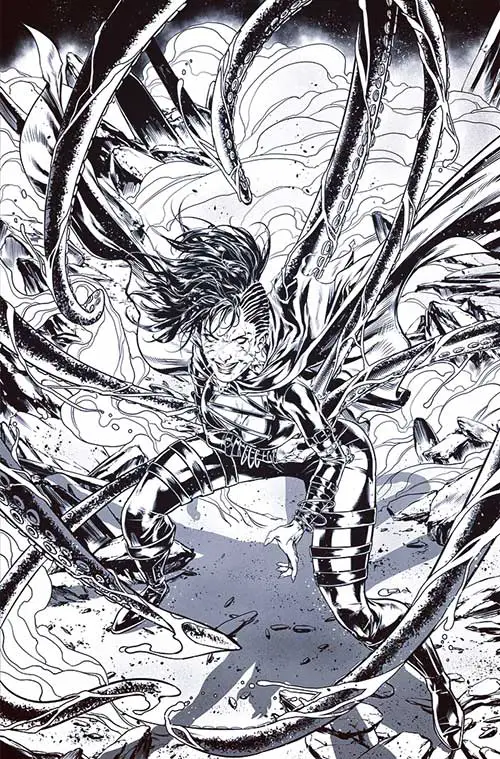
CHECK OUT: Can You Learn To Draw?
Other Factors To Consider
There are a few other things to think about when trying to answer the article’s question.
They don’t necessarily make a drawing look good per se, but they may influence how you rate the quality of a drawing.
1. The Time It Took To Create The Drawing
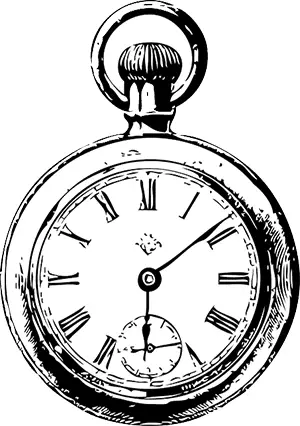
Creating art takes time.
But is the time something takes to create a measure of its quality?
A piece of art isn’t automatically great just because you put a lot of hours into it.
A beginner artist might need 15 hours for an A4-sized pencil portrait – a seasoned veteran might be able to deliver the same quality in 3 to 5 hours.
It’s a matter of experience and also of the amount of detail you put into a drawing.
While a large-scale drawing with thousands of details that took weeks or months to create is surely impressive, that alone doesn’t make a drawing good.
CHECK OUT: Why Can’t I Draw Anymore?
2. How Close It Is To Your Imagination
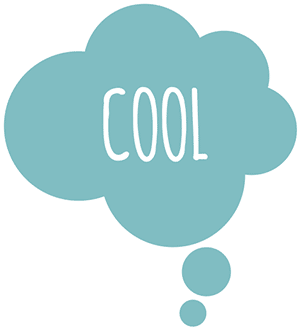
Every drawing and painting starts with the image in your head.
Nobody will be able to see how close the finished drawing is to your imagination – so this can’t be used to judge the quality of an artwork in general.
But it can be a great way for yourself to see how good you have become. Because your ability to match the appearance of your final drawing with the image in your head will likely get better with time.
Conclusion
It’s difficult to define clearly what makes art good, but the characteristics mentioned here are definitely a start.
Granted, they are still somewhat subjective from my point of view.
What do you think are the qualities of good art? Let me know in the comments!
READ NEXT:
15 Drawing And Painting Ideas To Spark Your Creativity

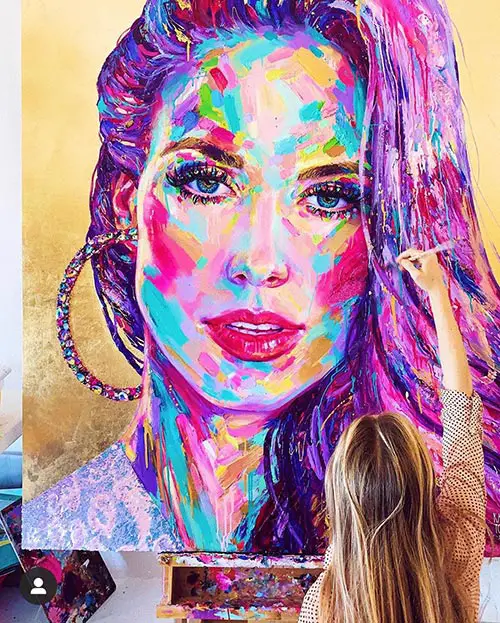
Nice postee!